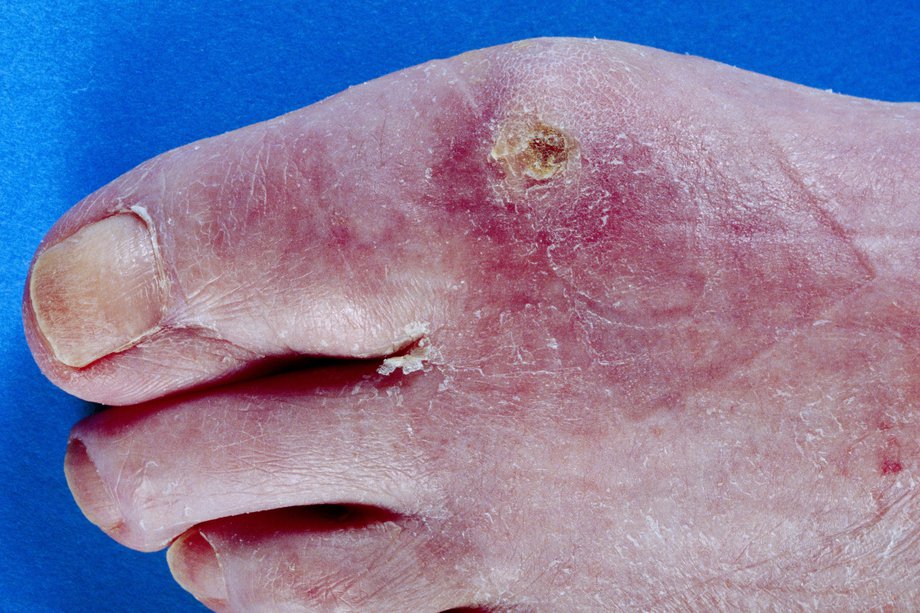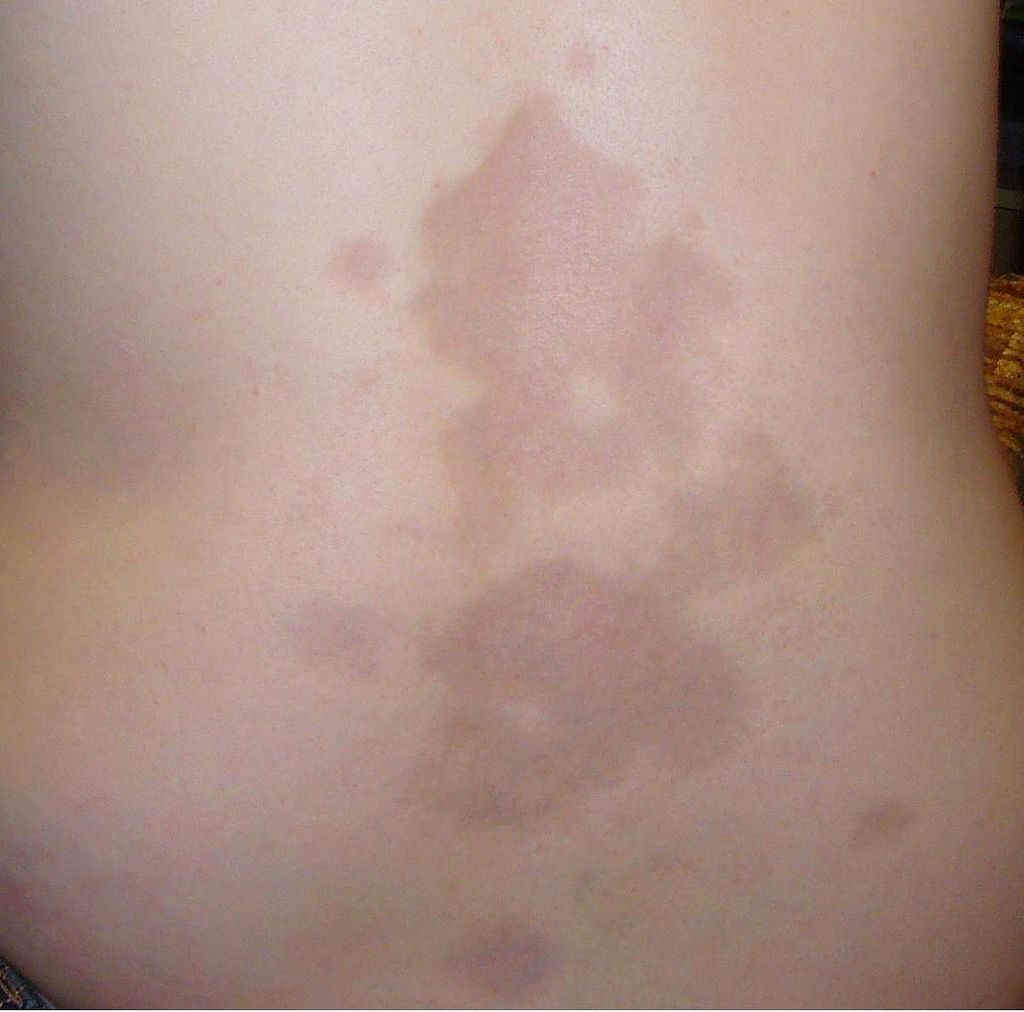Scleroderma is an uncommon condition that results in hard, thickened areas of skin and sometimes problems with internal organs and blood vessels.
Scleroderma is caused by the immune system attacking the connective tissue under the skin and around internal organs and blood vessels. This causes scarring and thickening of the tissue in these areas.
There are several different types of scleroderma that can vary in severity. Some types are relatively mild and may eventually improve on their own, while others can lead to severe and life-threatening problems.
There’s no cure for scleroderma, but most people with the condition can lead a full, productive life. The symptoms of scleroderma can usually be controlled by a range of different treatments.
Types of scleroderma and typical symptoms
There are two main types of scleroderma:
localised scleroderma – just affects the skin
systemic sclerosis – may affect blood circulation and internal organs as well as the skin
Localised scleroderma
Localised scleroderma is the mildest form of the condition. It often affects children, but can occur at any age.
This type just affects the skin, causing one or more hard patches to develop. Internal organs aren’t affected.
Exactly how the skin is affected depends on the type of localised scleroderma. There are two types, called morphoea and linear.
Morphoea:
discoloured oval patches on the skin
can appear anywhere on the body
usually itchy
patches may be hairless and shiny
may improve after a few years and treatment may not be needed
Linear:
thickened skin occurs in lines along the face, scalp, legs or arms
occasionally affects underlying bone and muscle
may improve after a few years, although can cause permanent growth problems, such as shortened limbs
Systemic sclerosis
In systemic sclerosis, internal organs can be affected as well as the skin. This type mostly affects women and usually develops between 30 and 50 years of age. Children are rarely affected.
There are two types of systemic sclerosis, called limited cutaneous systemic sclerosis and diffuse systemic sclerosis.
Limited cutaneous systemic sclerosis:
a milder form that only affects skin on the hands, lower arms, feet, lower legs and face, although it can eventually affect the lungs and digestive system too
often starts as Raynaud’s phenomenon (a circulation problem where fingers and toes turn white in the cold)
other typical symptoms include thickening of the skin over the hands, feet and face, red spots on the skin, hard lumps under the skin, heartburn and problems swallowing (dysphagia)
tends to get gradually worse over time, although it’s generally less severe than diffuse systemic sclerosis and can often be controlled with treatment
Diffuse systemic sclerosis:
is more likely to affect internal organs
skin changes can affect the whole body
other symptoms can include weight loss, fatigue and joint pain and stiffness
symptoms come on suddenly and get worse quickly over the first few years, but then the condition normally settles and the skin may gradually improve
In some cases of systemic sclerosis, organs such as the heart, lungs or kidneys are affected. This can cause a range of potentially serious problems, such as shortness of breath, high blood pressure and pulmonary hypertension (high blood pressure in the lungs).
Causes of scleroderma
Normally, the body’s immune system fights off any germs that infect the body. It responds like this to anything in the body it doesn’t recognise, and settles down when the infection has been cleared.
It’s thought scleroderma occurs because part of the immune system has become overactive and out of control. This leads to cells in the connective tissue producing too much collagen, causing scarring and thickening (fibrosis) of the tissue.
It’s not clear why this happens. Certain genes are thought to be involved, and having a close family member with the condition may increase your risk.
How scleroderma is treated
The aim of treatment is to relieve symptoms, prevent the condition getting worse, detect and treat any complications (such as pulmonary hypertension) and help you maintain the use of affected parts of the body.
Common treatments include:
medication to improve circulation
medicines that reduce the activity of the immune system and slow the progression of the condition
steroid medication to relieve joint and muscle problems
moisturising affected areas of skin to help keep it supple and relieve itchiness
various medicines to control other symptoms (such as pain, heartburn and high blood pressure)
You will also need regular blood pressure checks and other tests to check for any problems with your organs.
If your symptoms are severe, surgery may be needed. For example, hard lumps under the skin may need to be removed, and tightened muscles may need to be loosened.
Newer treatments such as laser therapy and photodynamic therapy are currently being trialled (see Scleroderma clinical trials), and may improve the outcome of the condition for many people.
Living with scleroderma
There are many therapies and lifestyle changes that can help reduce the impact of scleroderma on your life.
Regular physiotherapy and stretching exercises may help keep your muscles supple and loosen tight skin.
An occupational therapist can help you adapt to any movement difficulties by suggesting changes to your home and advising you on equipment to make daily life easier.
If you’re affected by Raynaud’s phenomenon, you’ll need to keep your hands and feet warm in the cold by wearing thick gloves and socks. Read more about treating Raynaud’s phenomenon.
It’s important to eat healthily, exercise regularly and stop smoking (if you smoke) to keep blood pressure under control and improve your circulation. Read more about controlling high blood pressure.
Many people find it helps to read up on the condition and talk to other people who are affected. Scleroderma & Raynaud’s UK (SRUK) is dedicated to improving the lives of people affected by Scleroderma and Raynaud’s.


